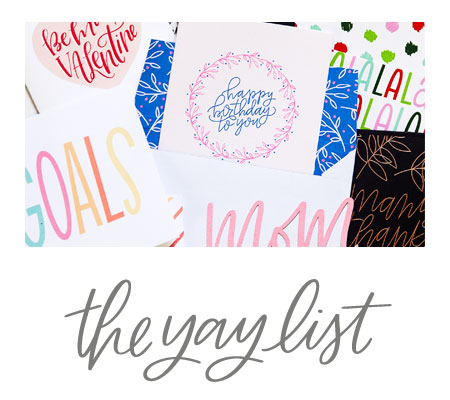
Raster vs. vector images – what’s the difference? In this video in my Silhouette Print & Cut Tutorial Series, I’ll explain the differences between the two categories of image files and why you would want to use each for printing and cutting.
Here’s a summary of what’s covered in the video:
Raster Images (file types : PNG // JPG // GIF // BMP // TIFF)
- Resolution Dependent : resolution and file dimensions dictate the maximum size of the image, and you can usually scale the image down without problems but have very limited flexibility if you need to scale the image up.
- Common Resolutions : 72 dpi / ppi (low resolution / web resolution) and 300 dpi / ppi (high resolution / print resolution)
- Why Use : raster graphics are capable of rendering complex images with lots of detail, and pretty much any photograph or image that you see with that level of detail is a raster graphic. Also, these images can have lots of texture, soft gradients of color, and itty bitty small details, which make them more visually interesting. Raster file sizes are larger, but raster graphics are much stronger when it comes to the small details than vector images.
Vector Images (file types : SVG // STUDIO // GSD // DXF // PDF // AI // EPS // CDR)
- Resolution Independent : while raster images are made from individual pixels, vector images are made up of paths, each of which has a fancy mathematical formula associated with it that tells the path how it’s shaped and what fill color and / or stroke weight and color it has. No matter how small or large you make a vector graphic, the mathematical equation will remain the same, so vector graphics can be scaled to any size without losing quality.
- Can Be Saved As Raster Files : you can save a vector file as a raster file. For example, you can save an SVG as a PNG or a JPEG, but if you do this, the resulting file will be resolution dependent and won’t be able to be scaled to a size that’s larger than the size that you save it as without losing image quality. Raster files, on the other hand, cannot be saved as true vector files. They can be embedded in vector files, but they won’t actually be vector files.
- Why Use : the big plus with vector images is their scalability. Their file sizes tend to be smaller, which is a plus, but they tend to have large areas of flat color, as opposed to lots of texture and color. You can recolor vector graphics in Silhouette Studio, which is another plus.
Check out the video below to find out more about the differences between raster and vector images:


Hello, I just got the silhouette cameo 4 plus, and am having a lot of trouble printing from silhouette studio print and cut. No matter what I have done, the image comes out horribly pixelated. I imported a high quality PNG from Inkscape into Silhouette Studio, but when I go to print it’s horrible. Can you please help with any suggestions?
Thank you!